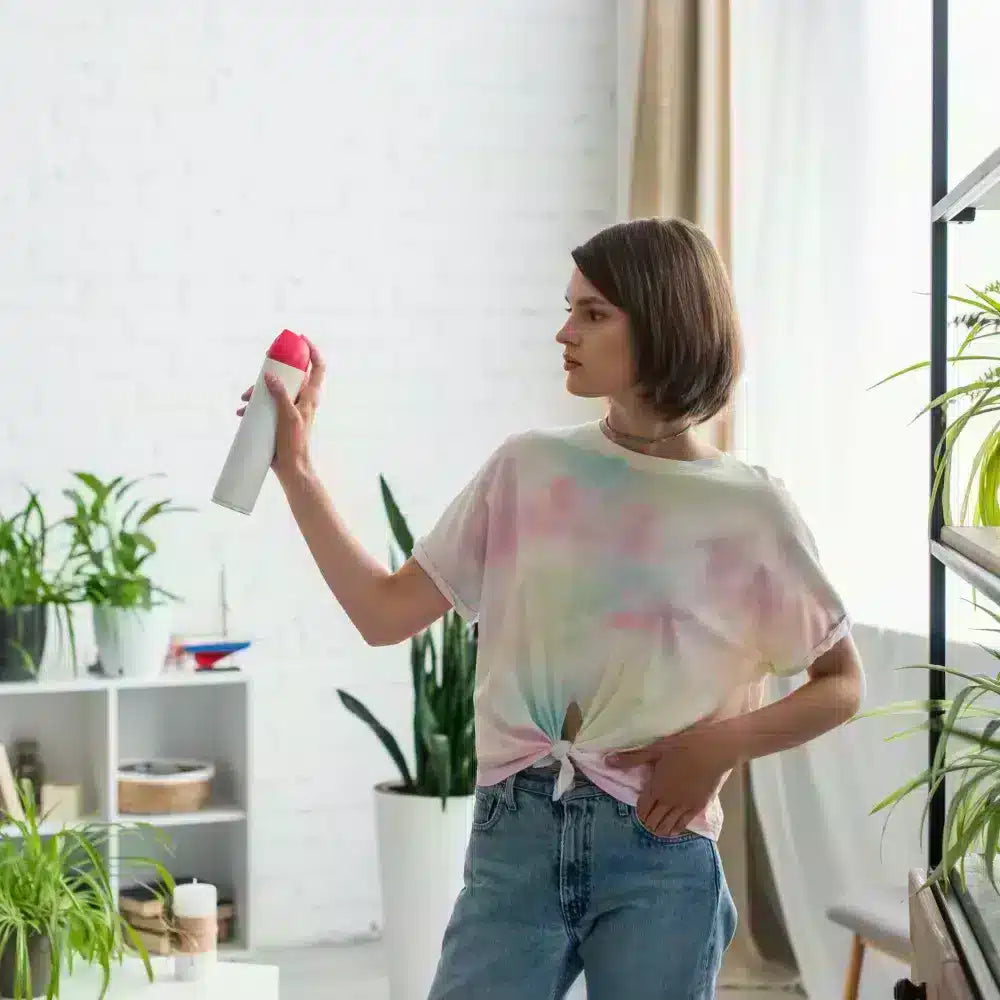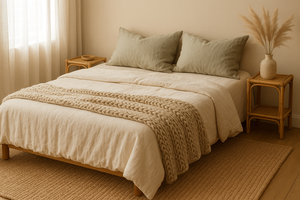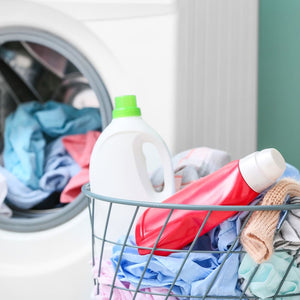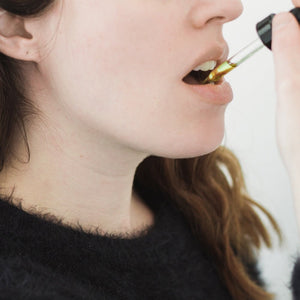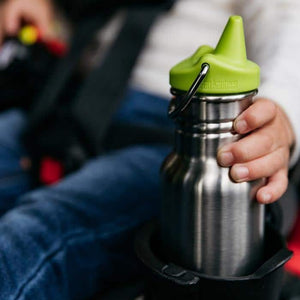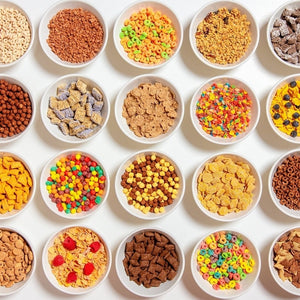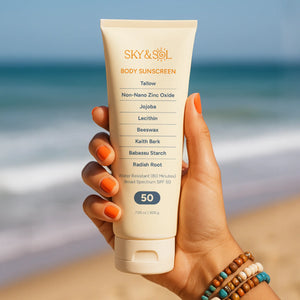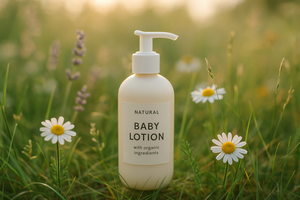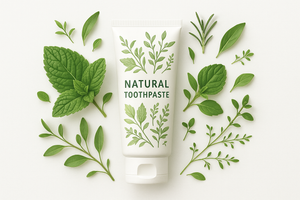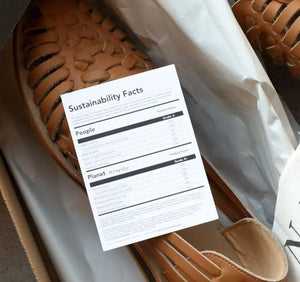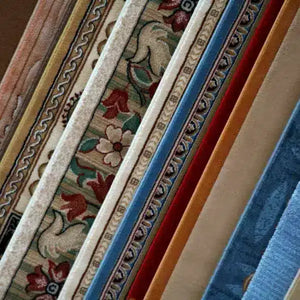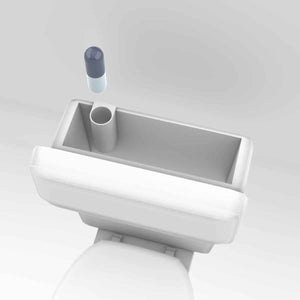A Brief History of Air Fresheners
The use of household air fresheners, in one form or another, has been around for thousands of years.
Incense, one of the most ancient forms of air fresheners, is burned so that the smoke can mask other, less pleasant odors. Most modern air fresheners employ the same method (masking).
But unlike the burning of incense, most air fresheners disperse masking agents in other ways, and with a far more sophisticated use of chemistry. (By the way, just because we’ve been burning incense for many centuries does not mean it’s a great idea. Burnt airborne particulates, from incense to cigarettes to auto exhaust, are always bad to inhale, no matter the form.)
Since the 1940s, air freshener manufacturers have blended various chemical agents and tinkered with a range of dispersal techniques to market products that don’t involve burning. This might seem like a step in the right direction, but the chemical agents used are hugely problematic.
Why Modern Air Fresheners Stink
Modern chemistry has shown us that certain chemical agents, when atomized and inhaled, are capable of blocking our smell receptors. This blunts our ability to detect odor. This is how many air fresheners work.
Other air fresheners coat our nasal passages with an oily film, and many still just cover up the original odor with better-smelling scents.
A minority of air fresheners actually break down the offensive odor, and even those ones generally contain a heavy dose of unsafe chemicals.
Let’s look more specifically at what is in most spray or plug-in air fresheners.
What’s Wrong with Conventional Air Fresheners?
A regular run-of-the-mill air freshener will probably contain at least one of the following toxic ingredients:
- Phthalates. Synthetic fragrances usually contain phthalates, and most of us know that phthalates in air fresheners and other products are bad. Phthalates are linked to early puberty, autism, obesity, and birth defects. You often won’t see “phthalate” on a label; it’ll just say “fragrance” or perhaps “parfum.”
- PEG-40. The Environmental Working Group considers this polymer to be moderately hazardous to human health.
- 1,4-dichlorobenzene (1,4-DCB). 1,4-DCB is reasonably anticipated to a human carcinogen and has been shown to cause kidney and testicular cancer in rats.
Air fresheners may also contain some really gross chemicals that won’t show up on the label. A 2007 study tested 74 air freshening products and measured the concentration of VOCs in the air after use. They reported that a total of more than 350 different chemicals and allergens were detected, including (but not limited to!) benzene, formaldehyde, styrene, and phthalates. Spray bottles (aerosol) cause additional health risks due to ingredients used as propellants, such as butane and propane.
